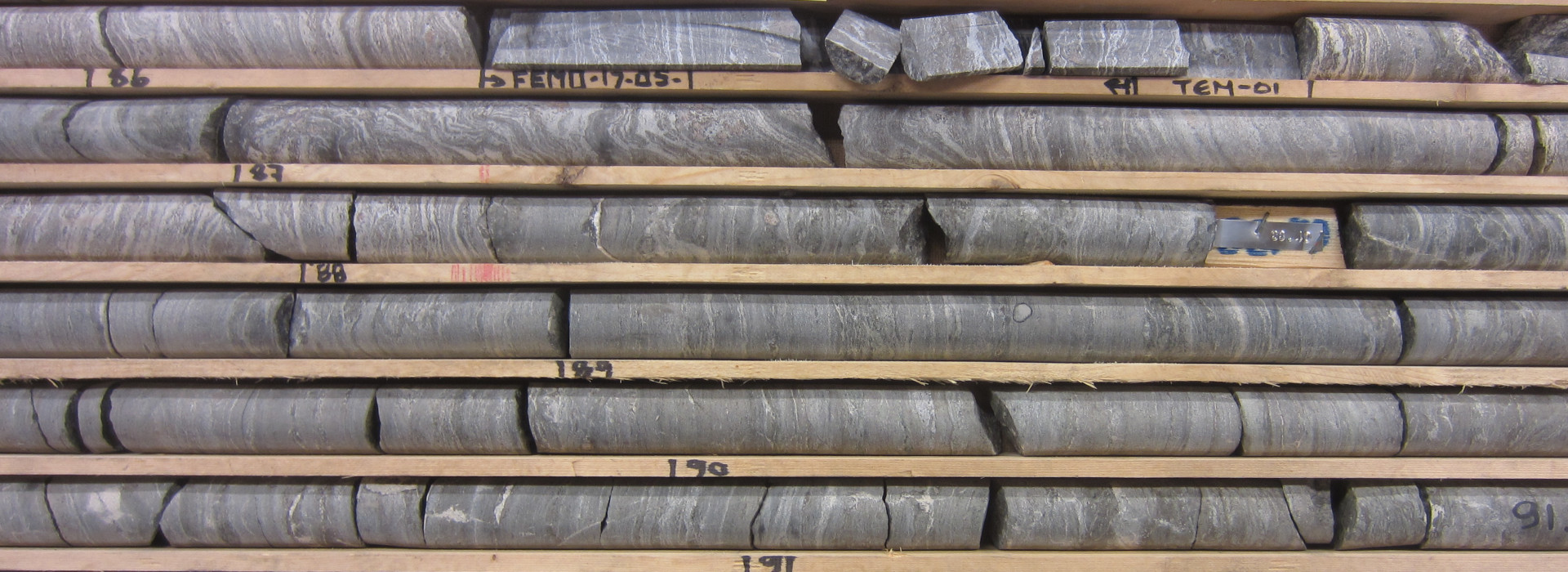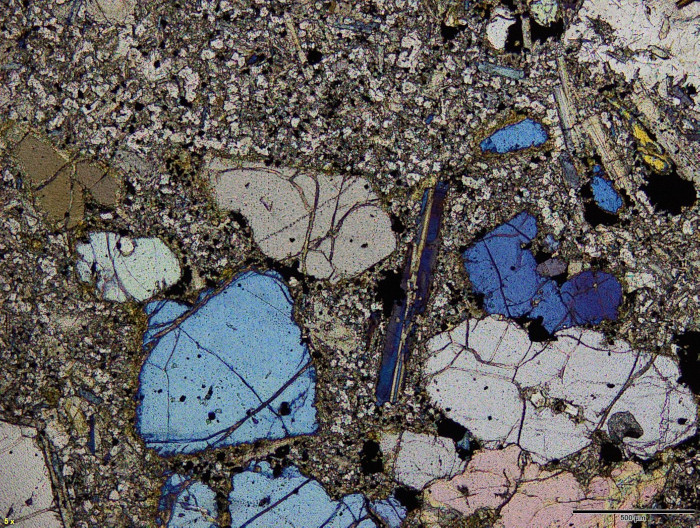This is a joint project of the Geochemistry & Economic Geology of KIT and the Petrology Group at the University of Tuebingen. Foidites are mantle-derived and strongly SiO2-undersaturated volcanic rocks, with primitive olivine melilitites possibly representing primary magma compositions. Among the Palaeogene volcanic rocks in SW Germany, foidite occurrences are concentrated in seven areas (Kaiserstuhl, Upper Rhine graben, Bonndorf graben including Vosges, Hegau, Urach, Lower Neckar). Mineralogically, they range between olivine melilitites, nephelinites and haüynites, with clear differences between those areas. However, except for the Kaiserstuhl, their petrology has not been systematically investigated and their ages are not reliably constrained.
The proposed study will test the following hypotheses: (i) Mineralogical differences of the melilitite-nephelinite-haüynite series at the locations to be investigated relate to variable degrees and courses of magmatic differentiation of parental olivine melilititic magmas. (ii) The intrusion ages for these rocks relate to transient geodynamic settings that cause distinct melting events in the mantle manifested in distinct ages for the different areas to be studied.
To test these hypotheses, detailed petrographic and mineral chemical data (EMPA and LA-ICP-MS on minerals) will be combined with petrological modeling (T-aSiO2-fO2 conditions and differentiation paths) and geochronological data (LA-ICP-MS dating). The expected results will enable us to characterize the crystallization conditions and differentiation paths for the foidites at the different localities. Their comparison with each other will help to decipher potential genetic relations between the foidite types of each locality and will show if the courses of differentiation at the different localities are similar or different from each other. Such a comparative study has never been performed so far and the results are expected to have major implications on our understanding on the potential heterogeneity of the mantle domains below SW Germany. The results of this study will be integrated in recent models on the post-Variscan tectonic evolution in SW Germany.

